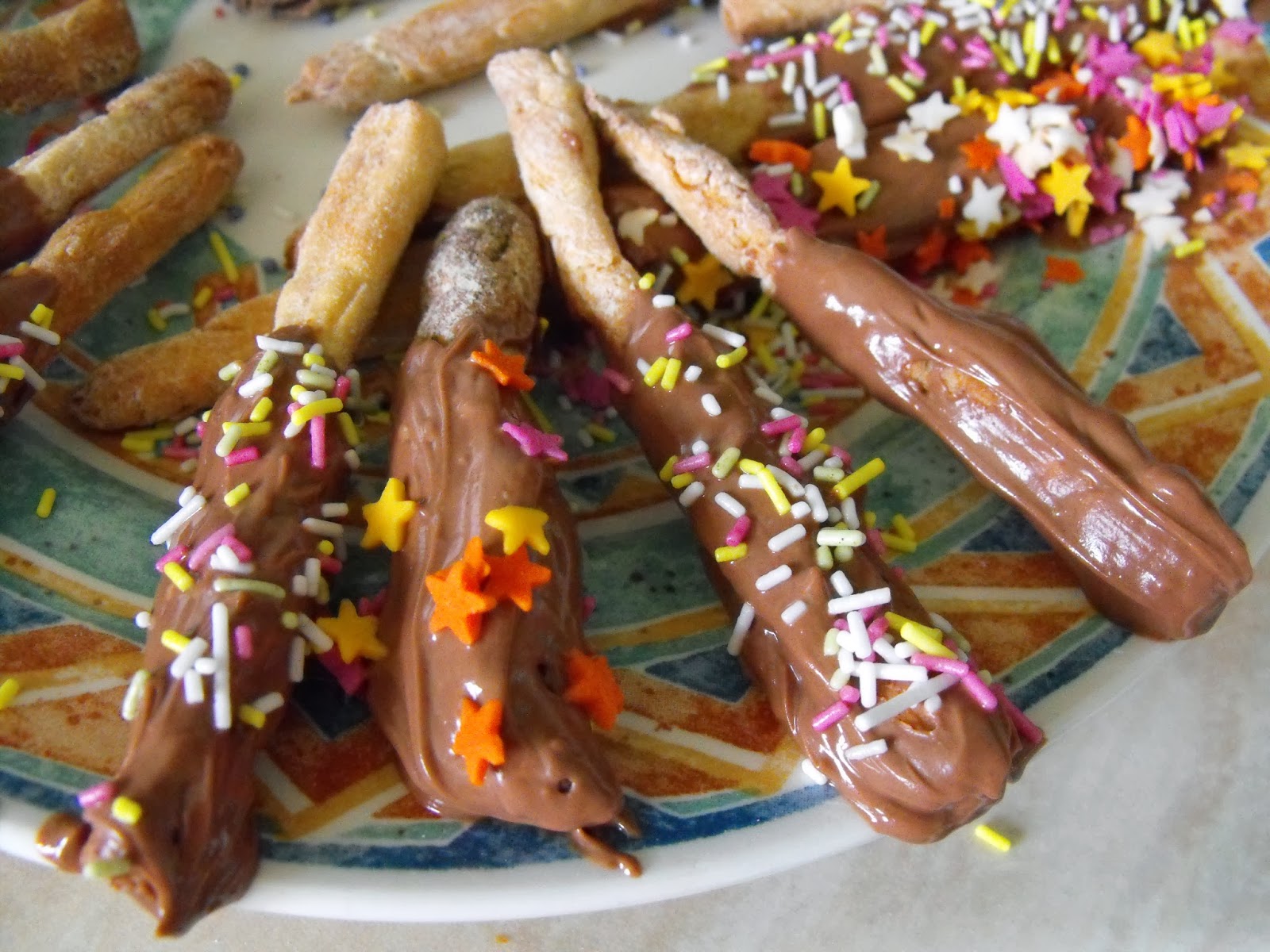I began researching it, but all the recipes I found involved a sugar thermometer which I didn't have so I gave up hope. Then I found this recipe.
Original Recipe
Ingredients:
- 75g Unsalted (Sweet) Butter (Margarine also works)
- 4 Tablespoons Condensed Milk
- 1 Teaspoon Vanilla Extract
- 400g Icing (Confectioner's) Sugar
- 25g Cocoa Powder (Hot Chocolate Powder also works)
1.) In a mixing bowl, beat together the butter, condensed milk and vanilla extract until smooth. (You may want to hold your breath as condensed milk can whiff a bit.)
3.) Work the fudge which should now be solid, into a ball.
4.) Dust your work surface with icing/confectioner's sugar and roll out your fudge ball to a thickness of about 2cm. (It depends on what you want to do with your fudge.)
Variations:
- I made used half quantities for this tutorial so the amounts may look quite small.
- To make different flavours, swap the Vanilla Extract for a different flavouring and add an extra 25g of Icing Sugar to compensate for the loss of Cocoa Powder. If adding colouring and flavouring also add more icing sugar, otherwise the consistency will be too soft.
- I made this last year for some Christmas presents and I completely forgot that there wasn't any butter or cocoa powder at home so I ended up using margarine and hot chocolate powder and surprisingly it worked like the original which made me very happy.
































.JPG)








.JPG)

+-+Copy.JPG)

.JPG)